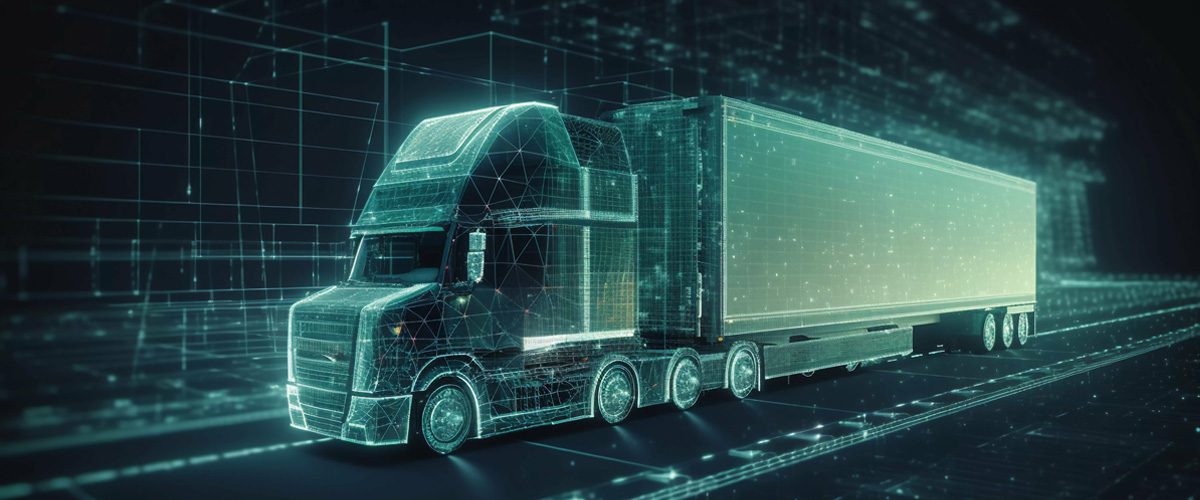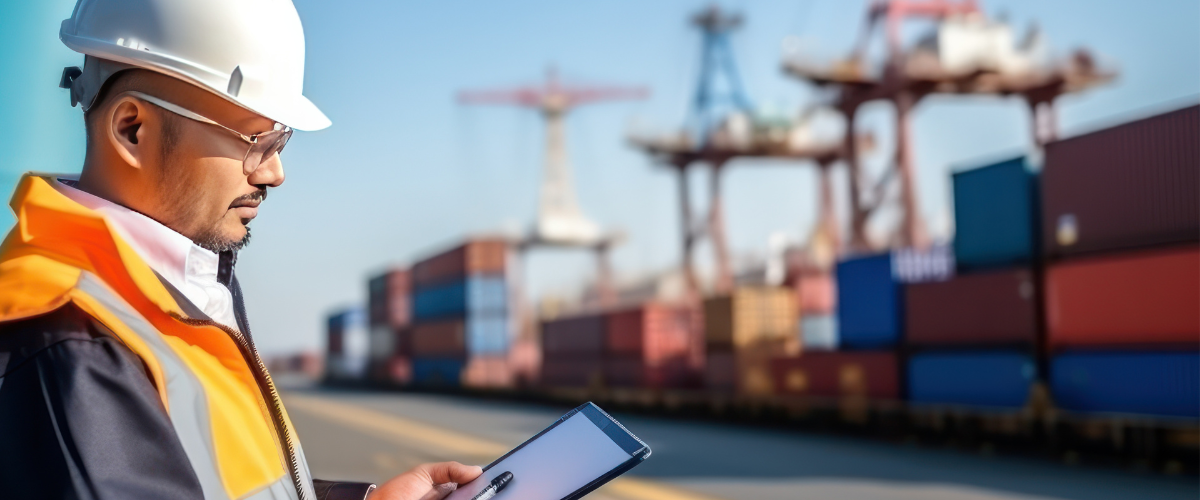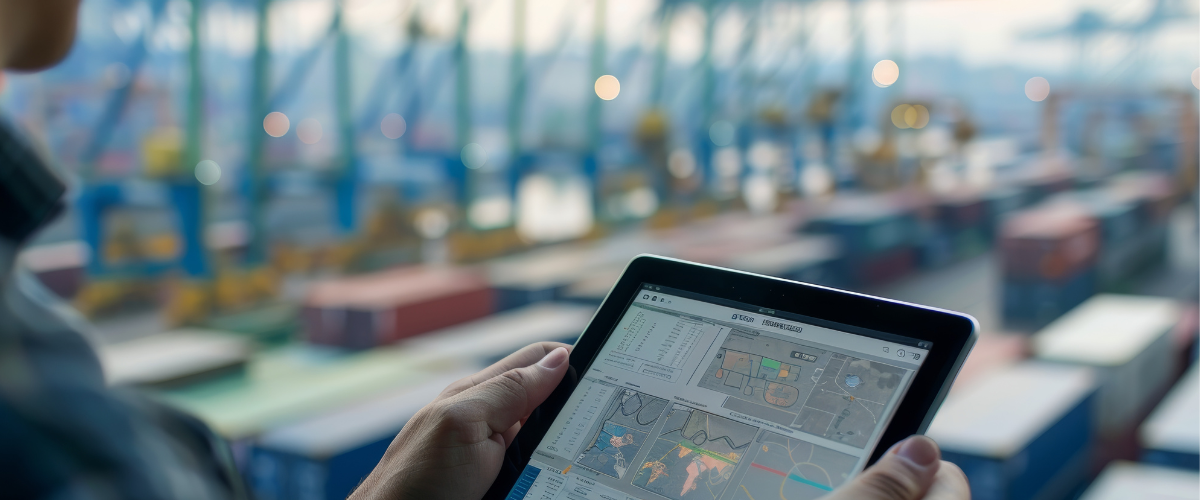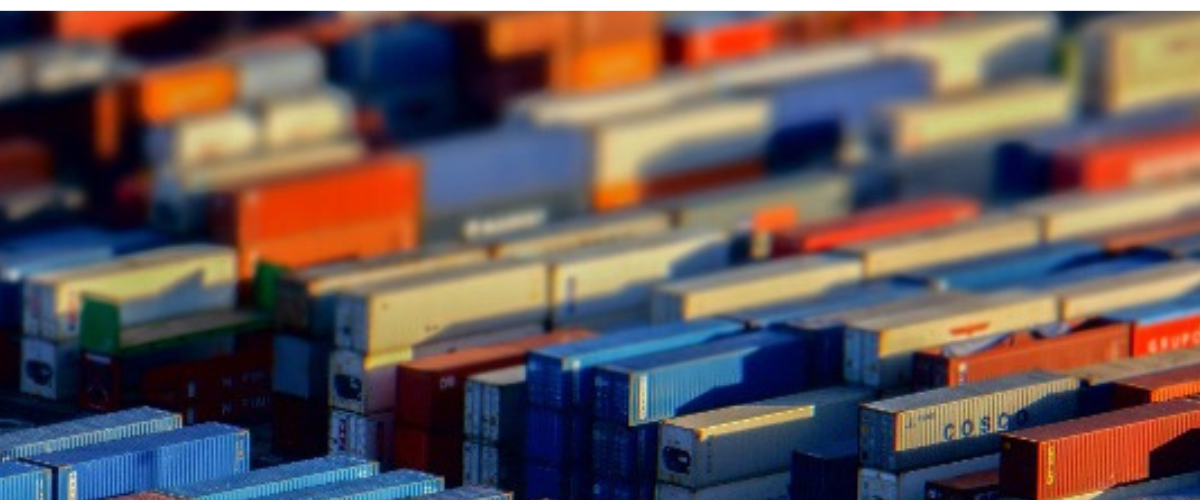Drayage is a commonly used term in the logistics industry, but most people have vastly divergent notions of the activities that drayage encompasses. Further, the term drayage is so inextricably linked to shipping that it is often thought of as an extension of the shipping process, rather than the distinct and independent activity that it is.
In this article, we will explore what drayage means, and its significance, and delve into the characteristics of the North American drayage market.
A brief history of drayage
The term itself derives from the word “dray”, which was a horse-drawn cart, commonly used for the transportation of cargo until the early 1900s, prior to the advent of mechanized means of transport.
Given the obvious limitations of horse-drawn carts, both in terms of the weight carried and distance covered, its application was limited to short distances. As trucks started becoming the standard mode for short-haul freight movements, drays were phased out; however, the term remained in the popular lexicon.
In its broadest sense, drayage refers to the transport of containerized cargo by truck, from the port to the final destination or from the origin premises to the loading port. It is used for freight movement across short distances, rather than long-haul or cross-country transport.
In reality, however, drayage comprises a wide range of activities. The Intermodal Association of North America defines drayage as the “transportation of freight between a cargo facility and a customer’s facility”, splitting it into six categories:
- Drayage, Cross-Town, or Inter-Carrier — A movement of an intermodal unit (or a 20’,40’ or 45’ container) “across town” from one railroad to another for the continuance of the move.
- Drayage, Door-to-door — Retail drayage involving over-the-road movement of a unit to a customer location.
- Drayage, Expedited — A movement of an intermodal unit over the road to get it there on time. This exceptional drayage usually involves time-sensitive freight.
- Drayage, IMX, or Intra-Carrier — A movement of an intermodal unit from a carrier’s rail hub to the same carrier’s intermodal hub. IMX drayage extends the reach of an intermodal hub.
- Drayage, Pier — An over-the-road movement of an intermodal unit from a carrier’s rail hub to a port’s dock or pier.
- Drayage, Shuttle — A movement of an intermodal unit either loaded or empty from a hub to another parking lot because the railroad has run out of room at the hub.
Drayage Market: Size and growth prospects
As increasing globalization leads to the intensification of commercial ties between countries, the higher volume of cargo transported internationally by containers has driven a corresponding increase in demand for drayage services.
As per WTO data, world trade volume has grown by 4500% from 1950 to 2022, with the growth rates of both the volume and value of international trade accelerating since 1995. As of 2022, world trade volume and value have expanded 4% and 6% respectively on average since 1995.
Higher volumes in international trade have generated greater demand for services connecting maritime ports with the customer’s premises, which in turn has propelled the demand for drayage services.
Equally relevant to drayage services is the increase in the number of maritime ports, which implies a greater probability of the port being closer to the consuming hinterland, wherefore the shorter distance increases the suitability of drayage for such transport movements.
The drayage services market is expected to grow at a CAGR of 2.24% between 2022 and 2027, translating into an increase of USD 2,960 million. In the US, the market size of the General Freight Trucking (Truckload) industry has grown faster than the economy, at an average rate of 4.2% per annum, between 2017 and 2022. Before Covid, it was reported that there were over 60 million drayage moves annually in North America.
Significance of drayage: Enabling First and Last-mile connectivity
The significance of the drayage sector lies in the fact that it is the facilitator of containerized cargo to and from ports, making them an integral to supply chains. Drayage, albeit a fractional part of the entire linehaul, is effectively the segment that completes the transport loop and complements the shipping mode of transport. Any disruptions or delays in drayage services will cascade downwards, impacting cargo delivery times and shipping schedule reliability.
Therefore, while drayage might not be in the limelight as much as maritime transport is, it is nonetheless an integral part of the multimodal transport mix, and crucial for a smoothly functioning supply chain.
Besides being the final link in international cargo movements, drayage can also be utilized for domestic freight movements further inland, thus offering a viable alternative to rail and barge.
Of all the inland modes of transport, drayage is the most flexible since the cargo can be delivered to the importers or customer’s premises. Rail and barge modes generally cannot operate on a standalone basis, as they require connecting drayage services for transporting cargo from the rail depot to the final destination.
Who arranges drayage
Drayage services can be provided or arranged by the buyer or his intermediaries or even the ocean carrier.
In their quest to offer End-to-End logistics solutions, ocean carriers are increasingly offering Door-to-Door freight rates, which cover the inland leg as well. In these cases, the freight rates quoted by the ocean carrier will include the costs of drayage services as well.
Buyers and Importers also have the option of procuring from ocean carriers only marine transport services and subsequently arranging drayage themselves. In this case, the importer will have negotiated and procured one rate for ocean transport (from the shipping company) and another rate for drayage (from drayage service providers).
Freight forwarders too have similar options, wherein they can negotiate contracts with shipping companies, with rates that include pre-carriage and on-carriage, or negotiate shipping and drayage rates separately from different vendors.
The option that an importer selects depends on his specific requirements and is taken after evaluating a host of factors, ranging from service levels, lead times, and TCO, to reliability levels.
Future trends: Leveraging technology for drayage management
The significance of drayage in international logistics cannot be overstated, as challenges related to inland cargo delivery can significantly impact supply chain integrity and hinder the seamless movement of goods.
In addition to the importance of drayage highlighted earlier, there are further critical challenges that underscore its pivotal role. The drayage market often faces limitations, including a shortage of drivers and chassis availability. Moreover, periodic spikes in container volumes arriving at international ports can exacerbate disruptions along the route between ports and drayage providers, resulting in bottlenecks and delays.
Given these multifaceted challenges, it becomes even more imperative for importers and freight forwarders to emphasize drayage and engage in meticulous advance planning to ensure the efficiency of both first and last-mile deliveries.
To successfully navigate the complexities of drayage and mitigate potential disruptions, companies are strongly advised to leverage advanced technology for enhanced transport planning, spanning the journey from the port to the ultimate destination. By adopting technology-driven strategies, businesses can proactively address the aforementioned challenges, optimize their logistical operations, and foster a smoother flow of goods throughout the entire supply chain.
KlearNow.AI, a leading Logitech solutions provider, offers an advanced AI and ML-powered platform for drayage management, which lets users book, track, and manage the transportation of containers from port to warehouse, simplifying logistics management and reducing the need for multiple systems or processes.
To find out how KlearNow.AI can help simplify your drayage process, please click here.




